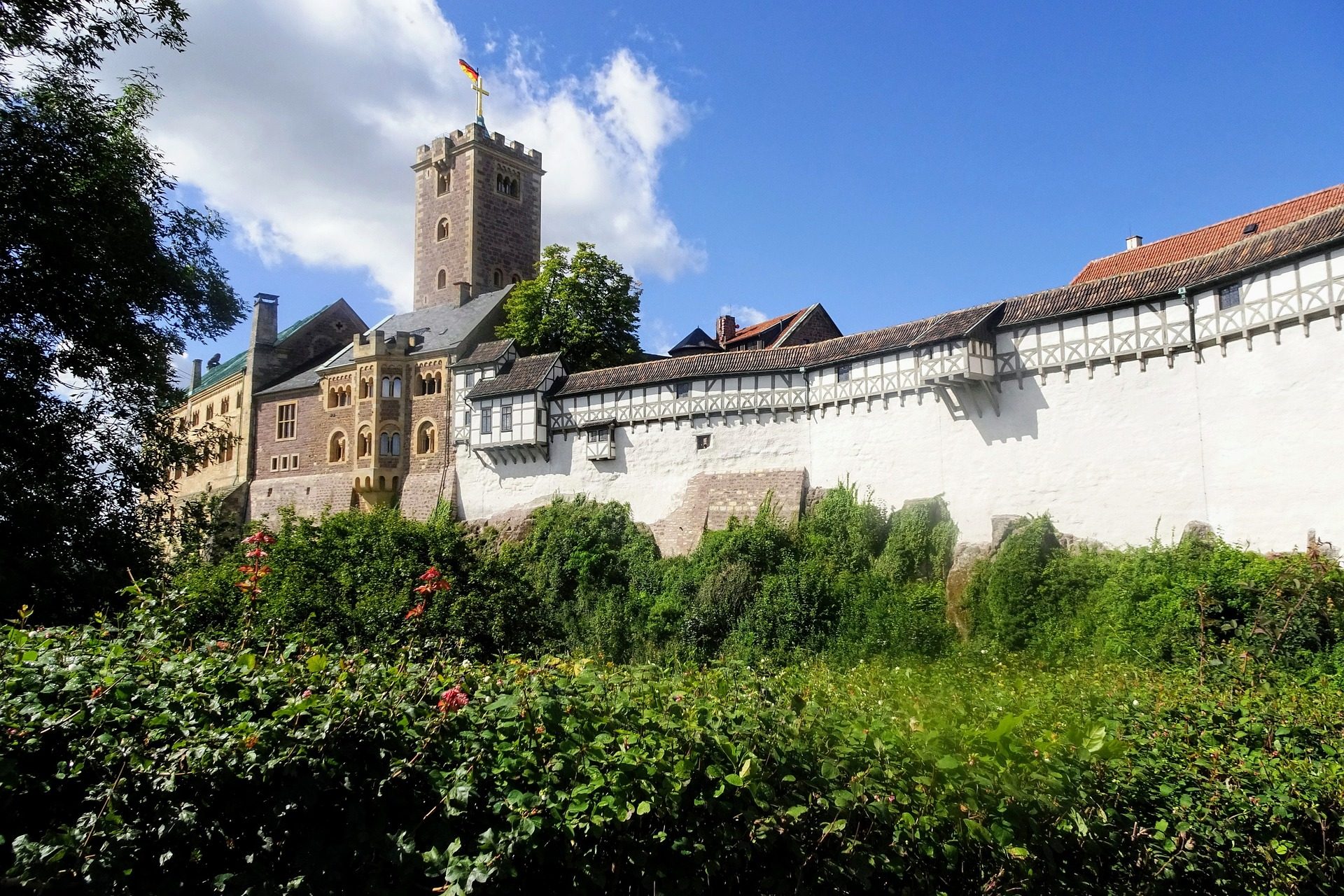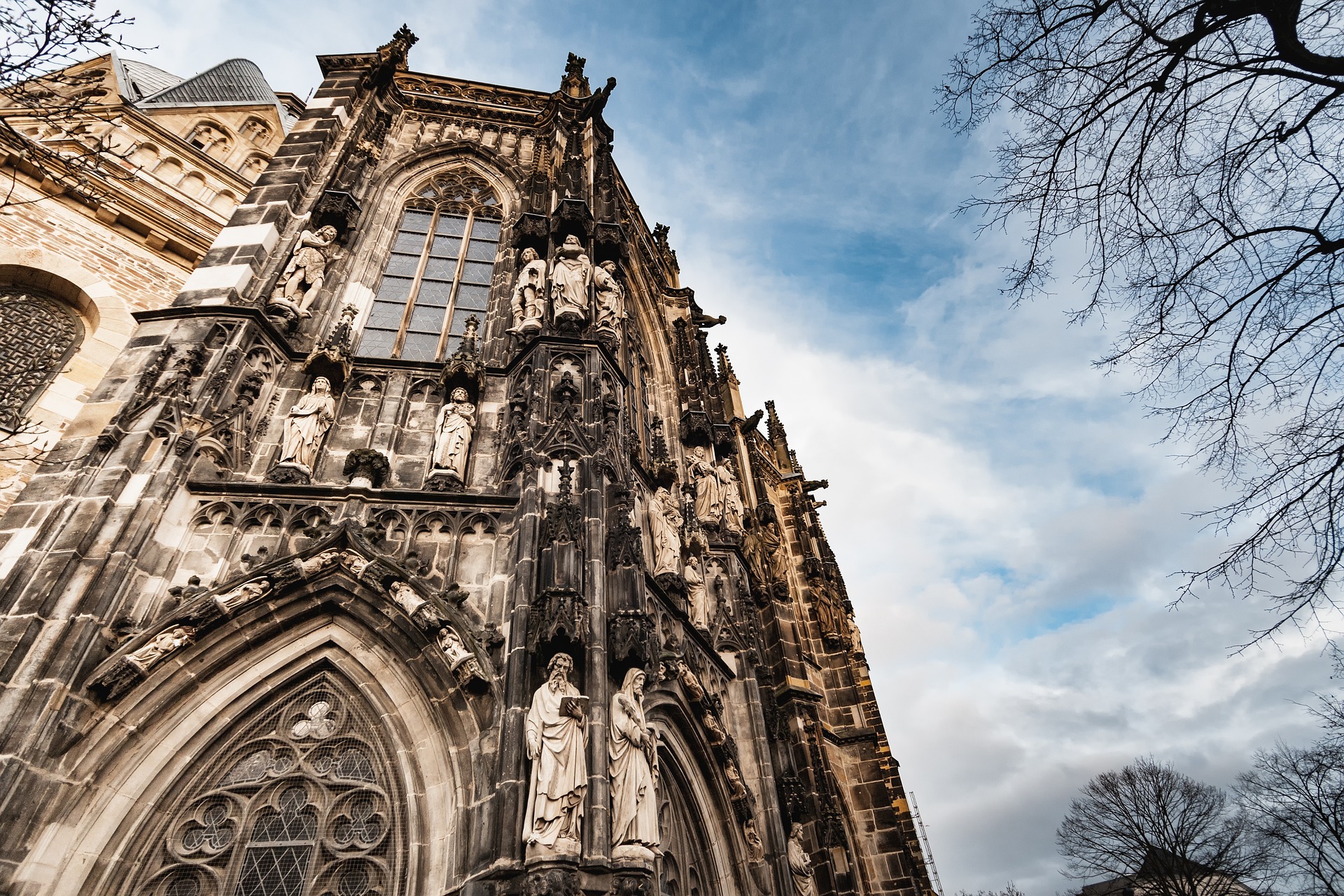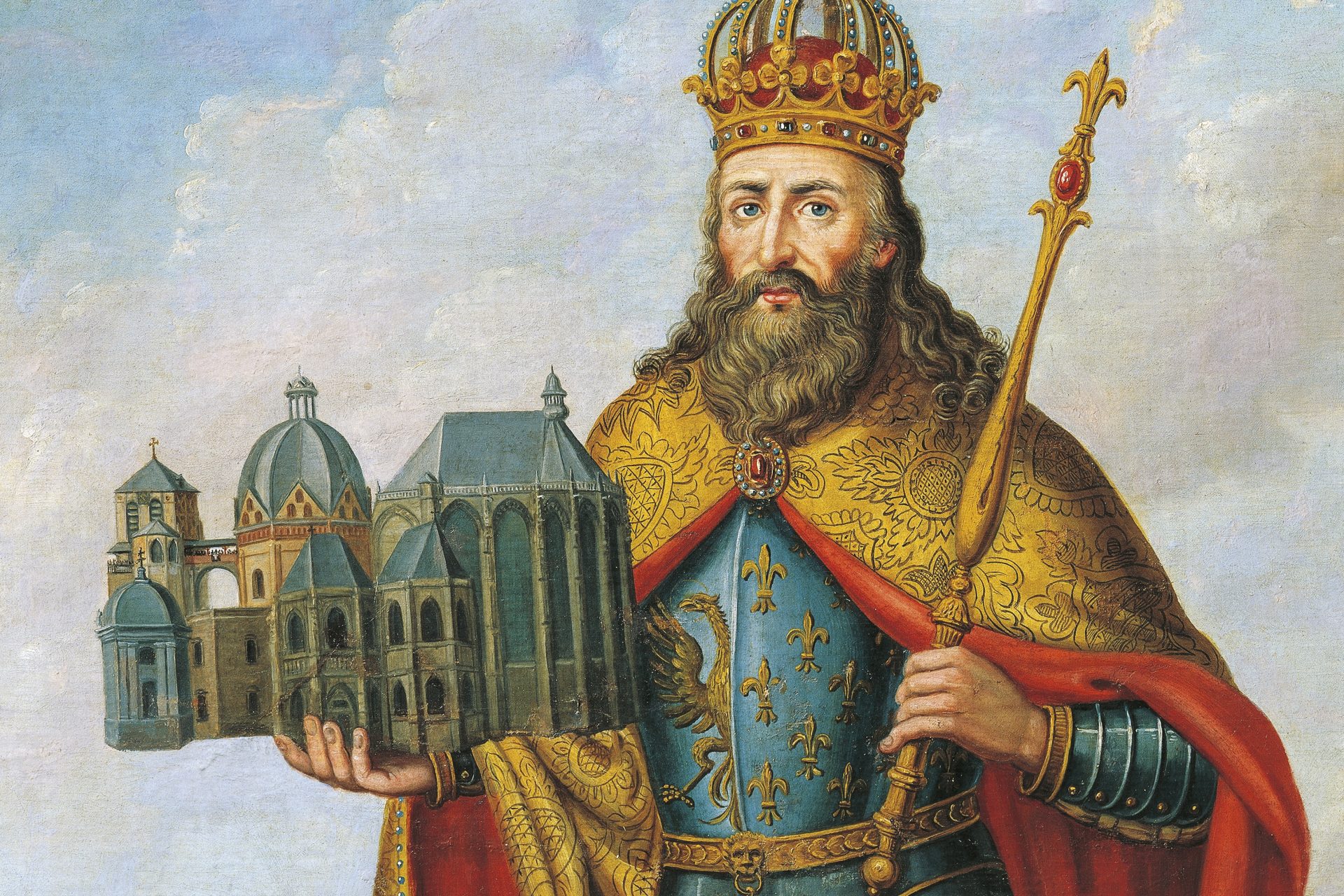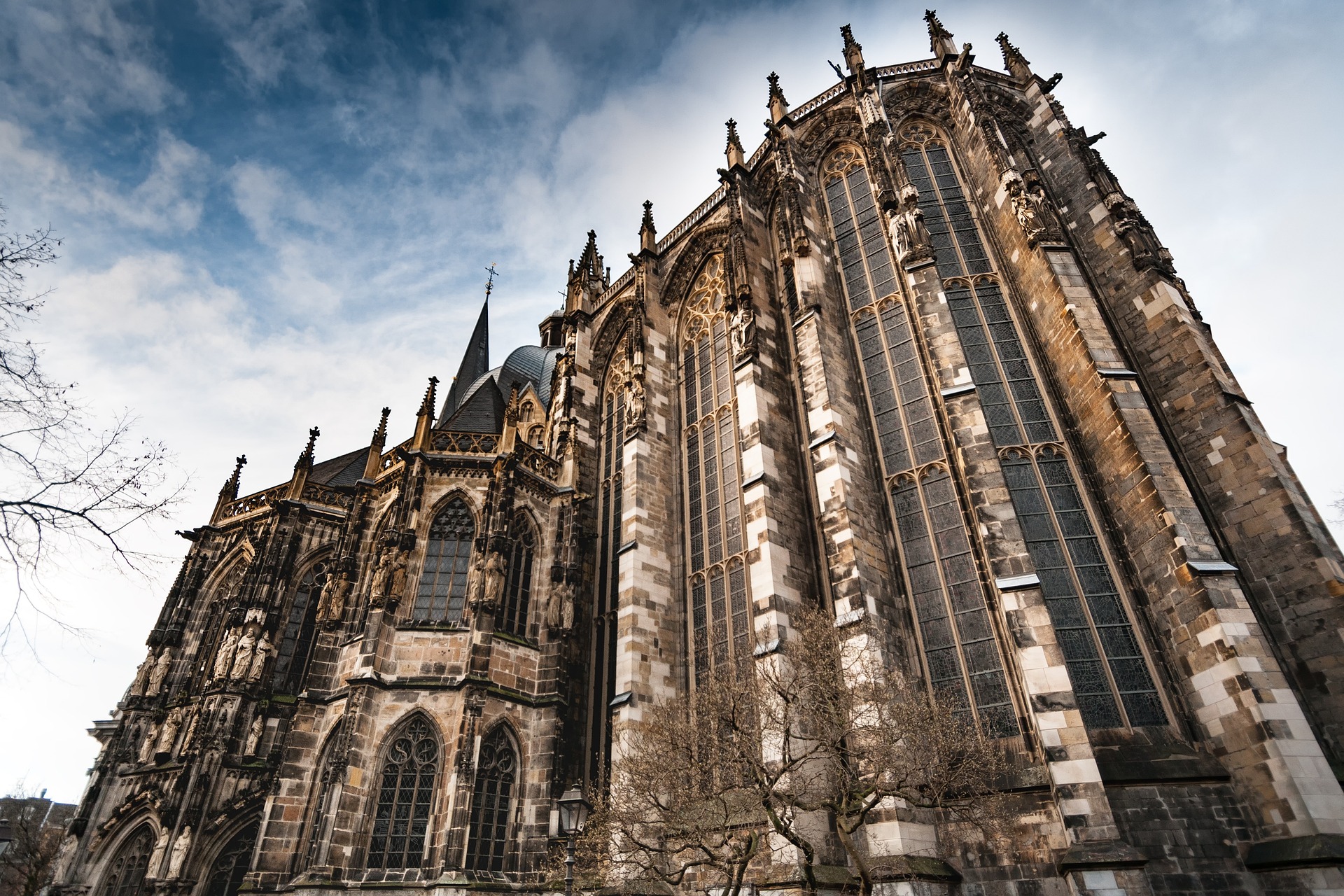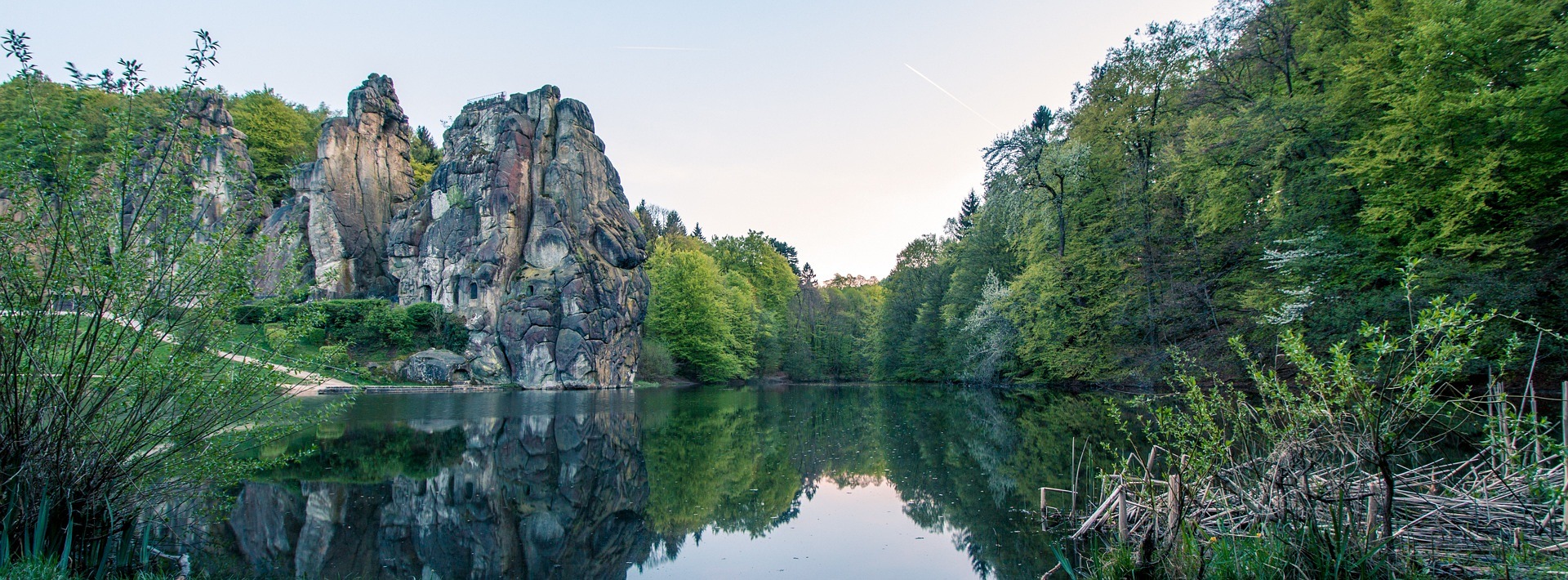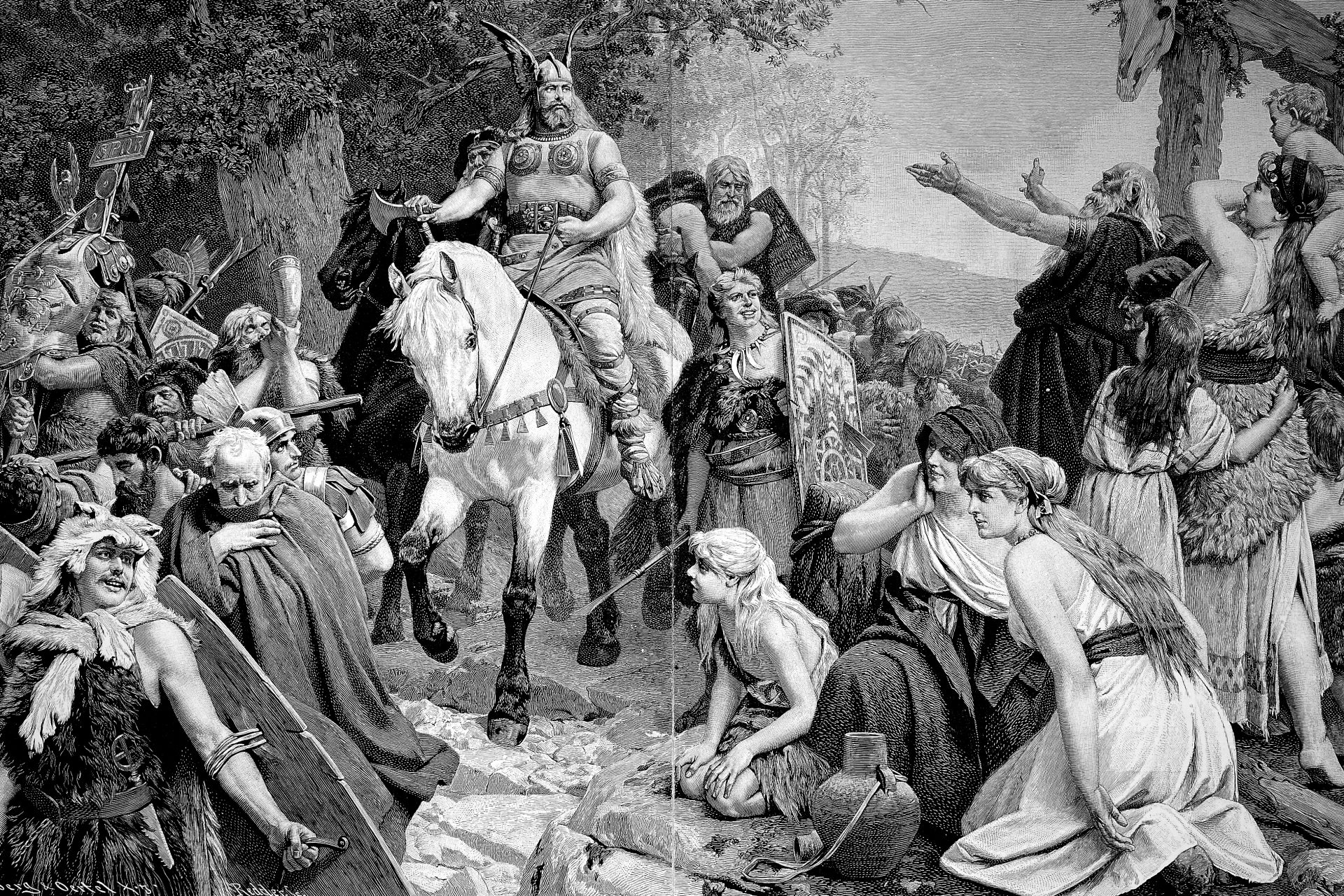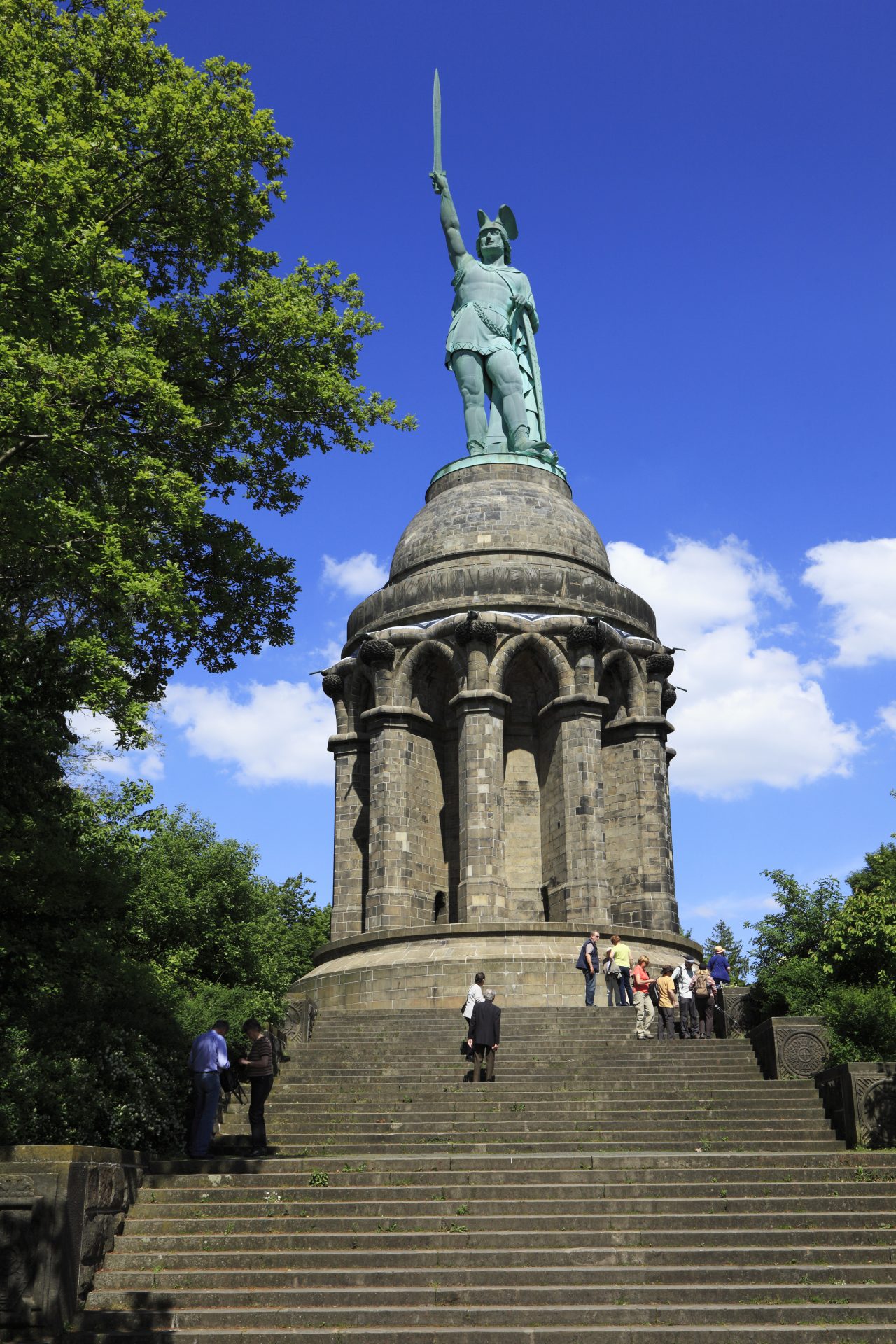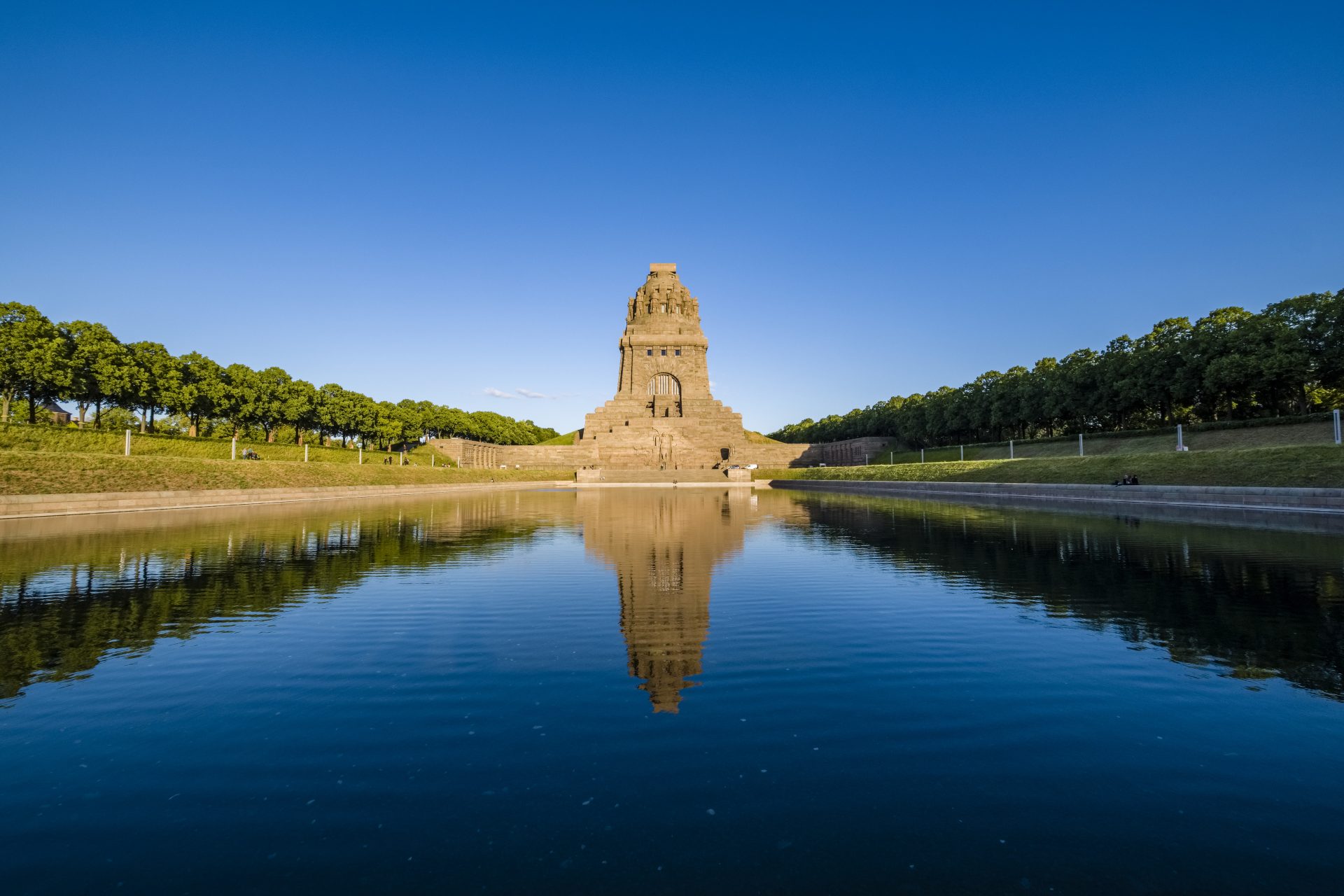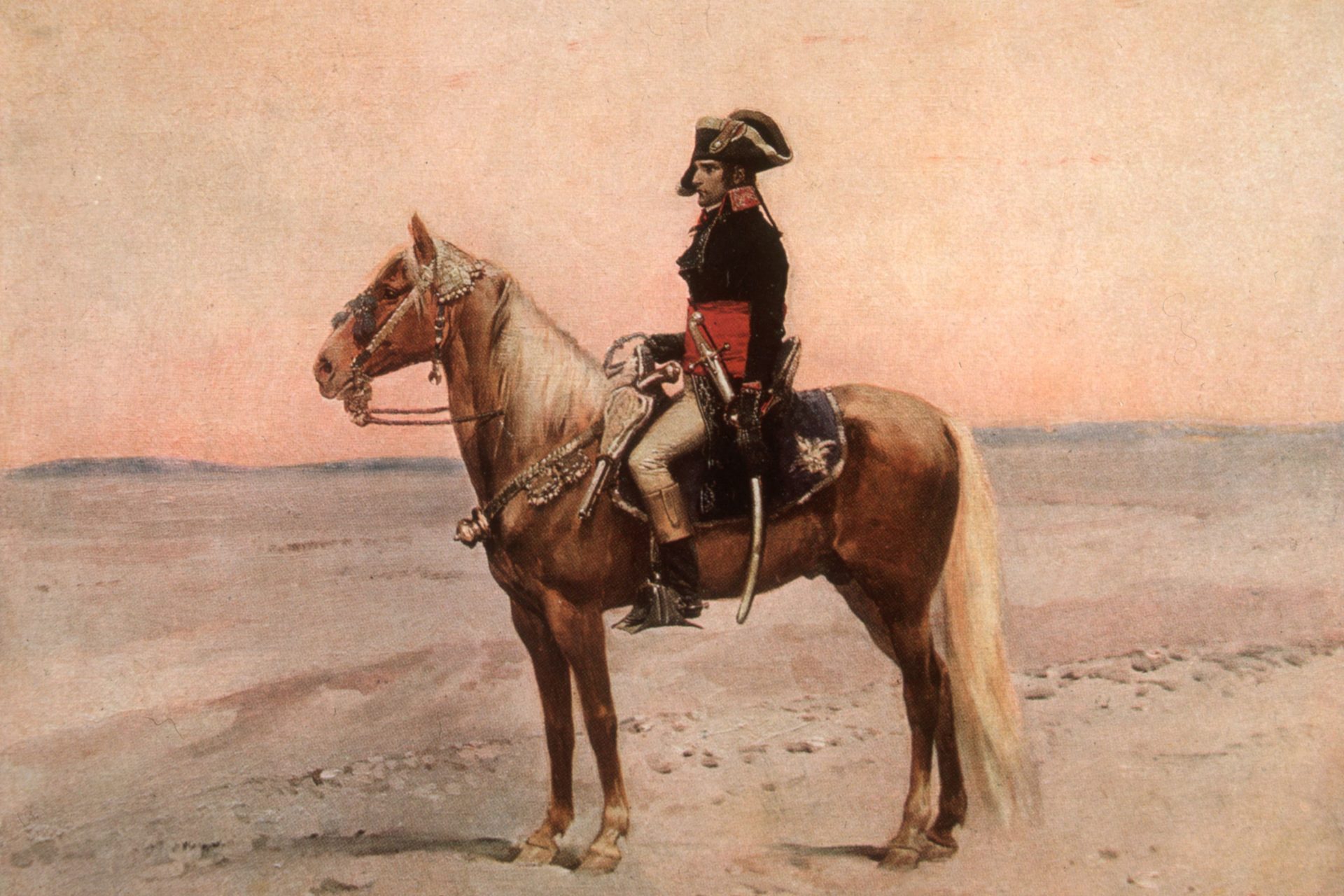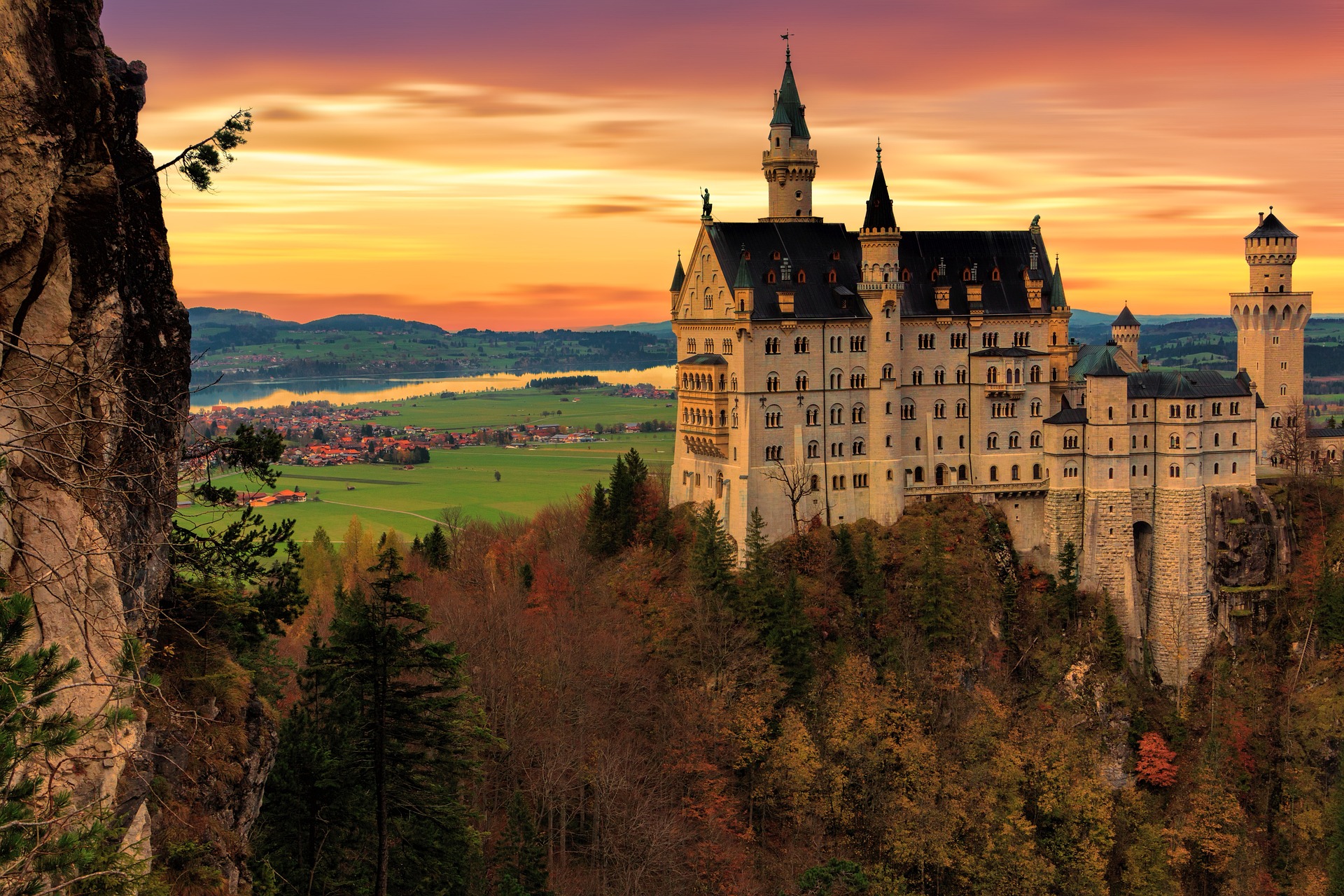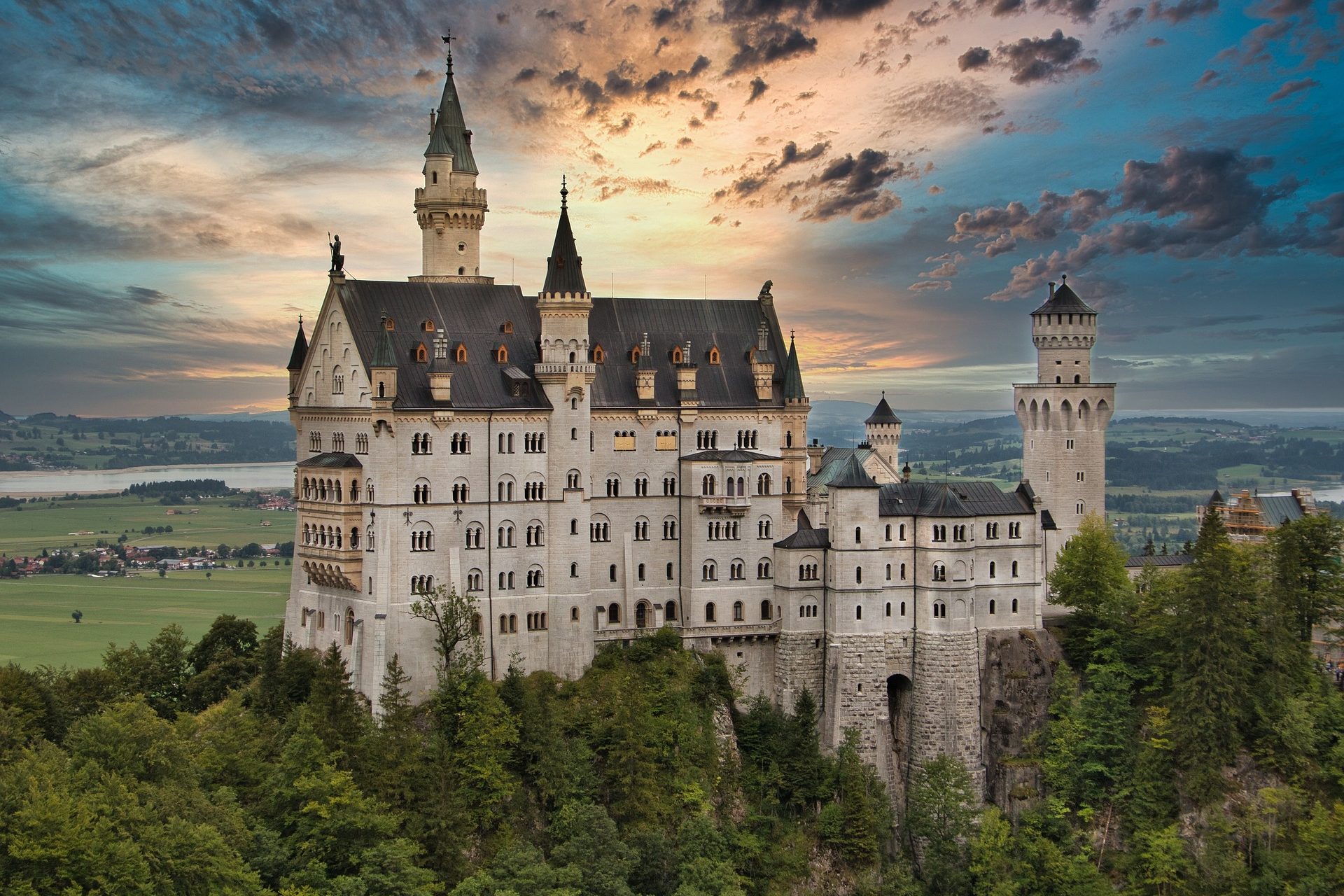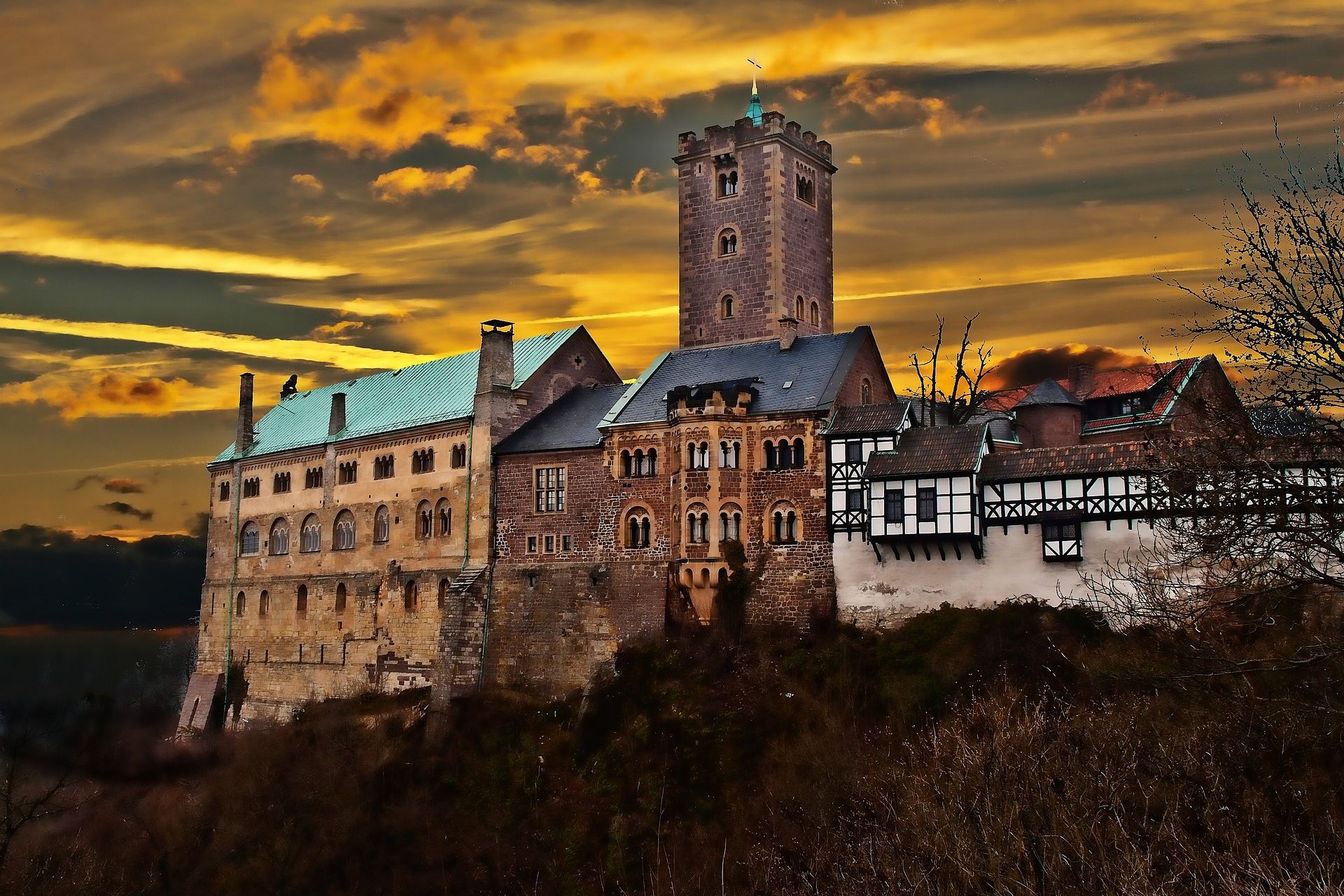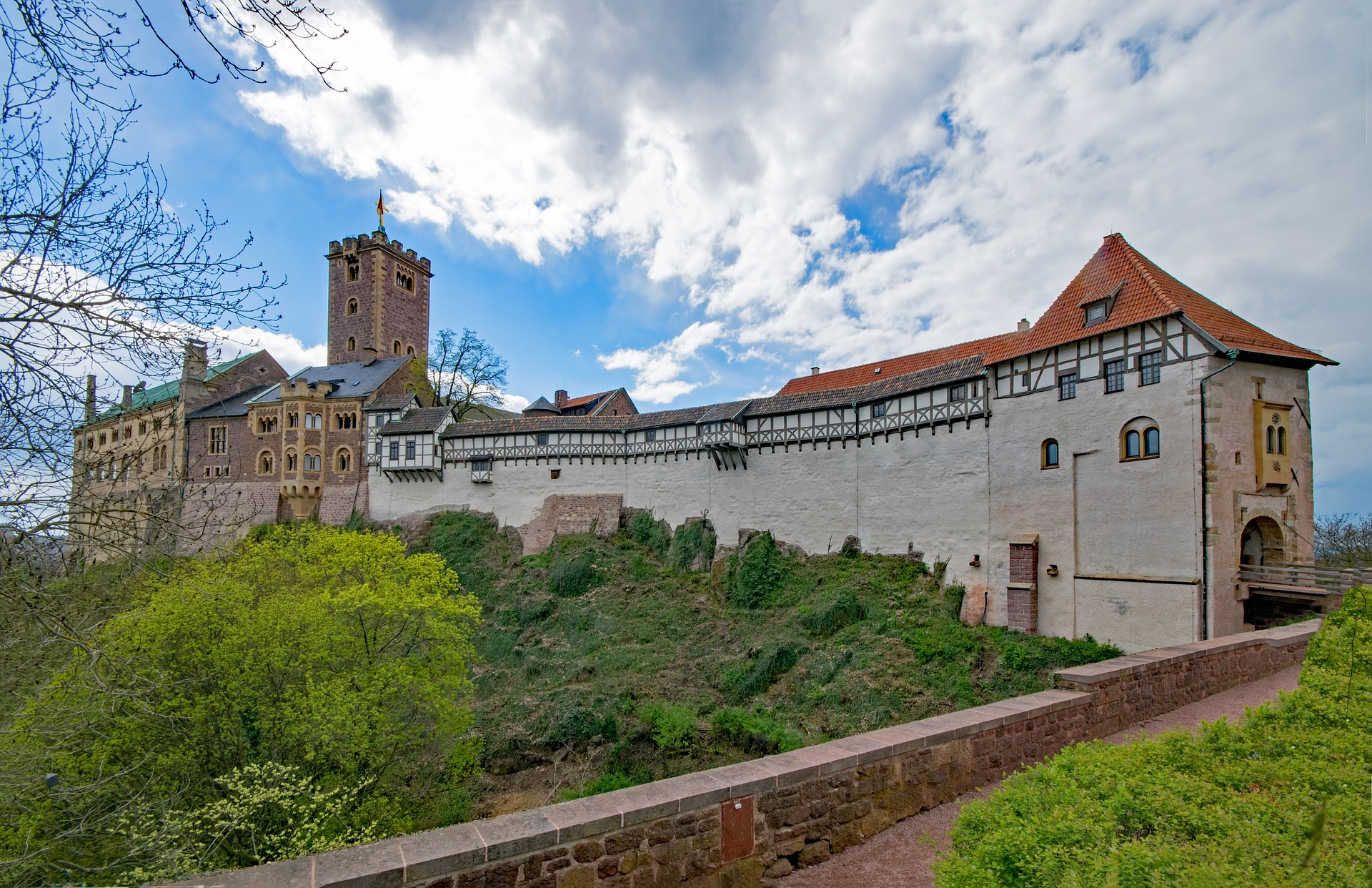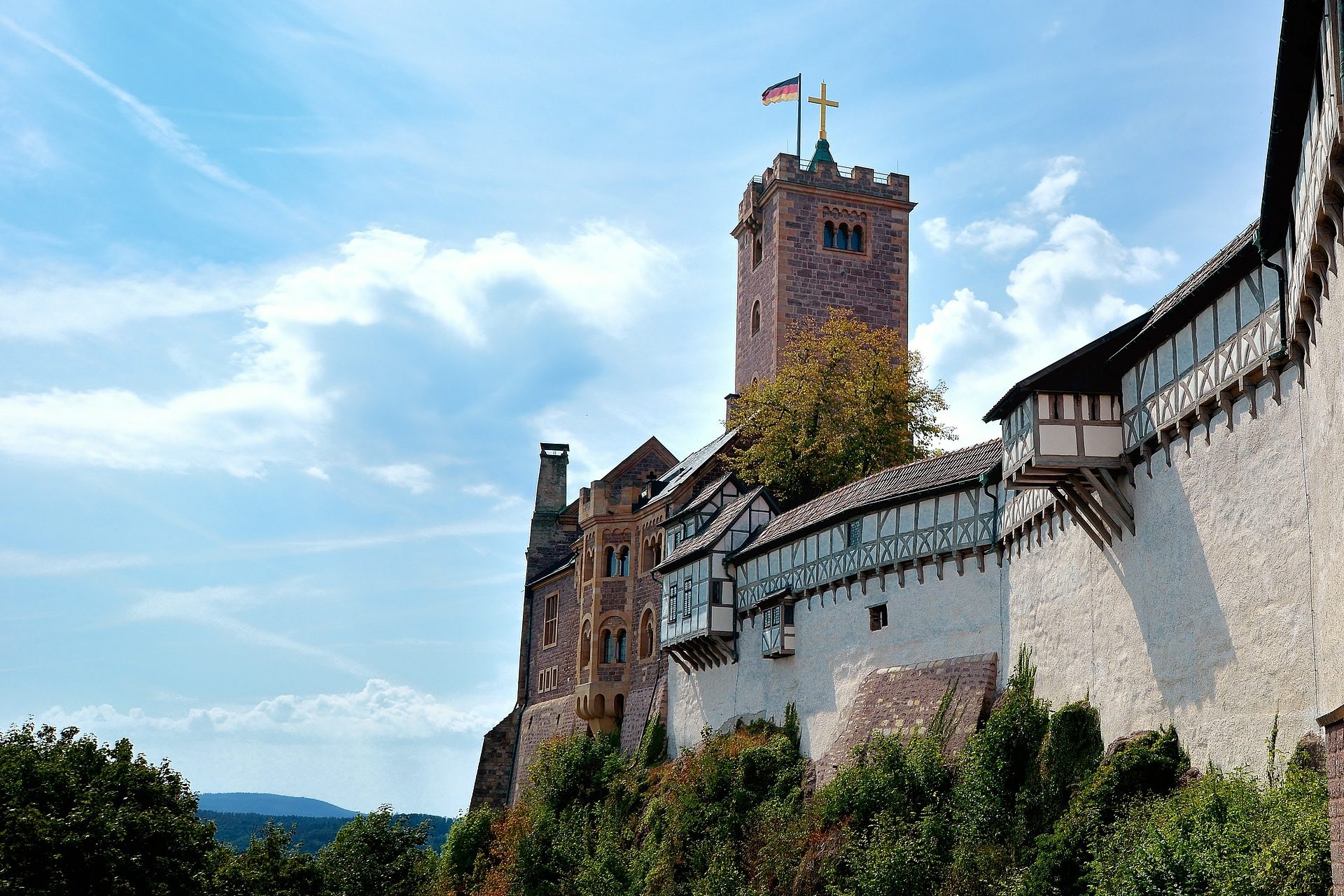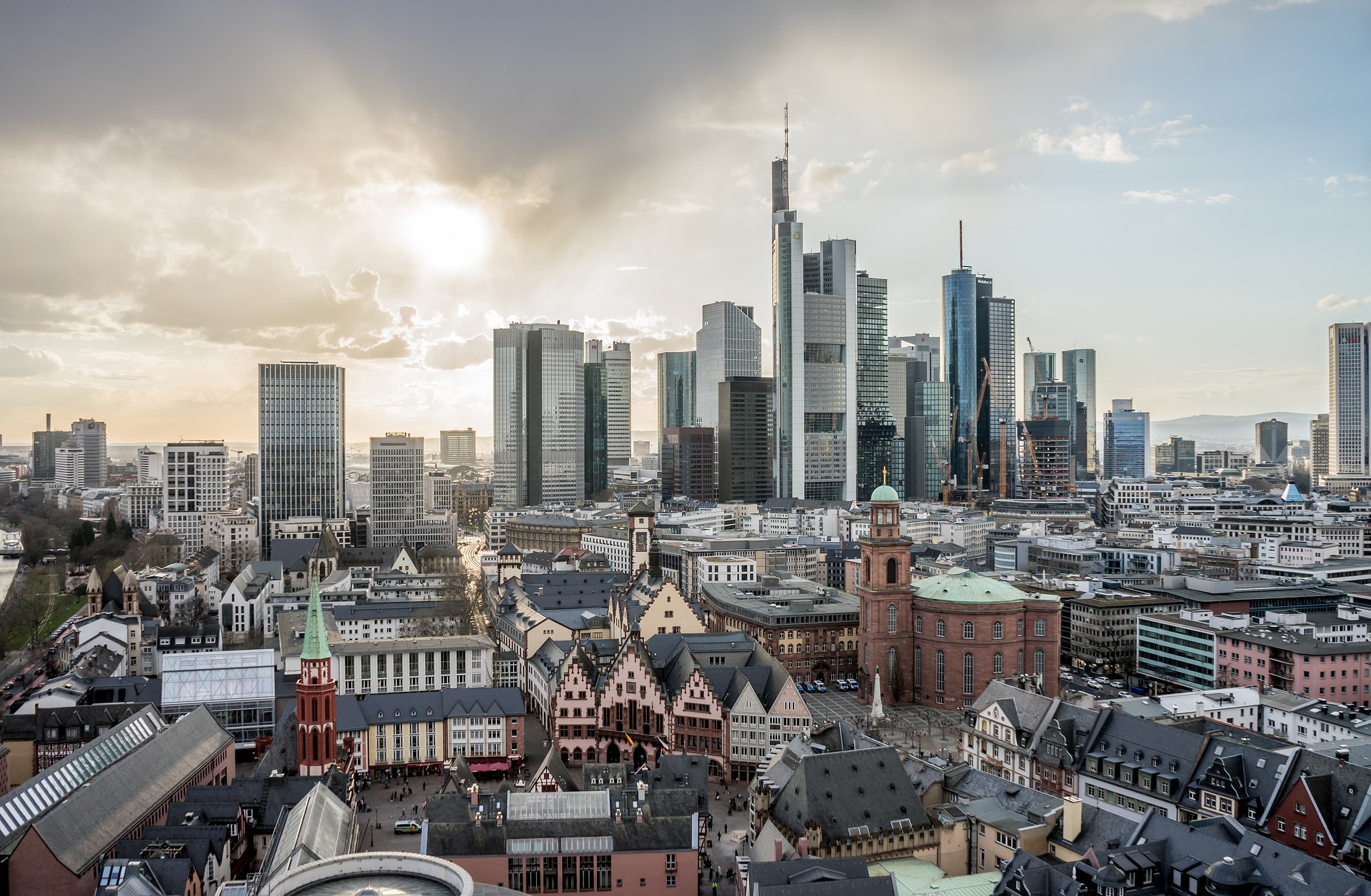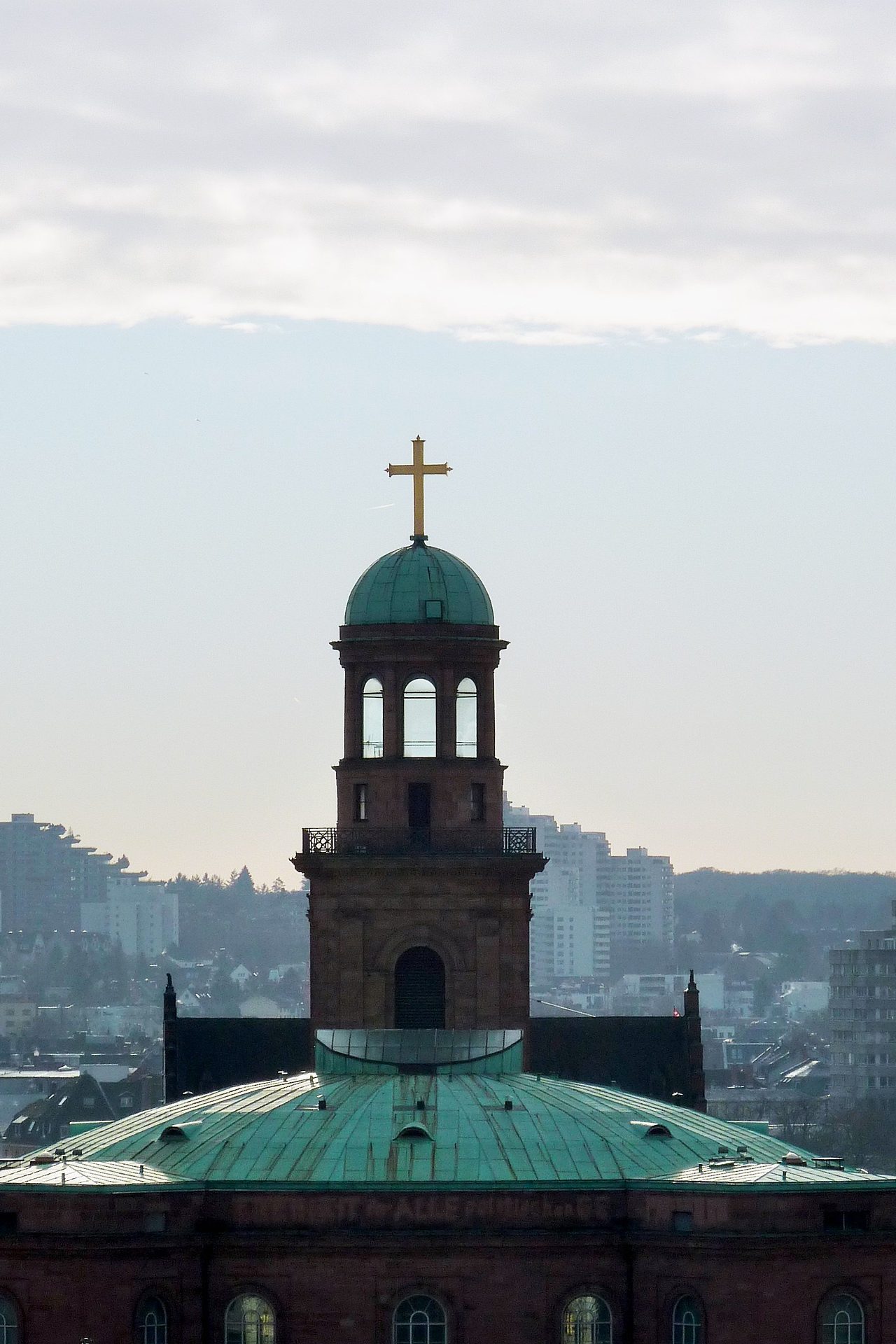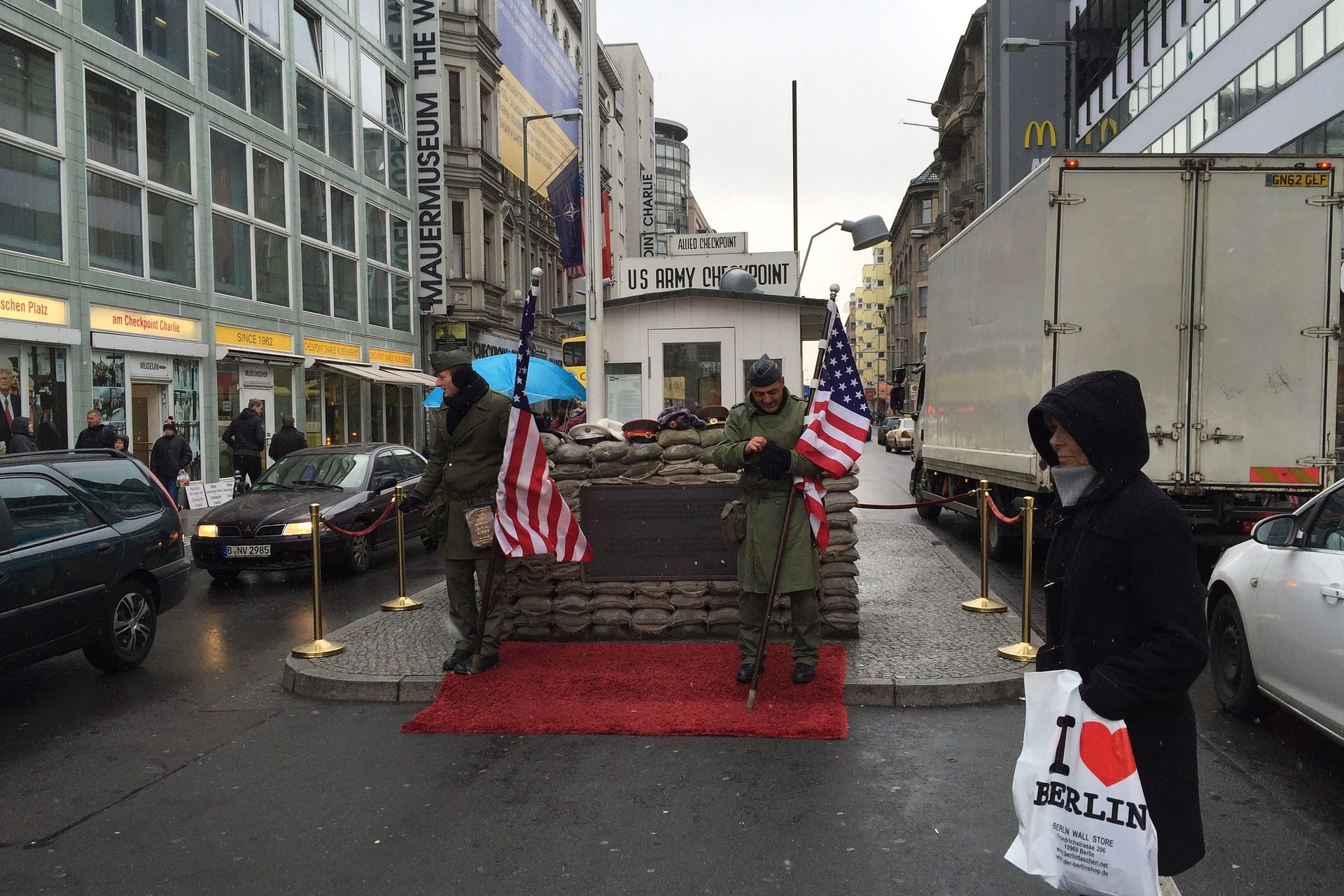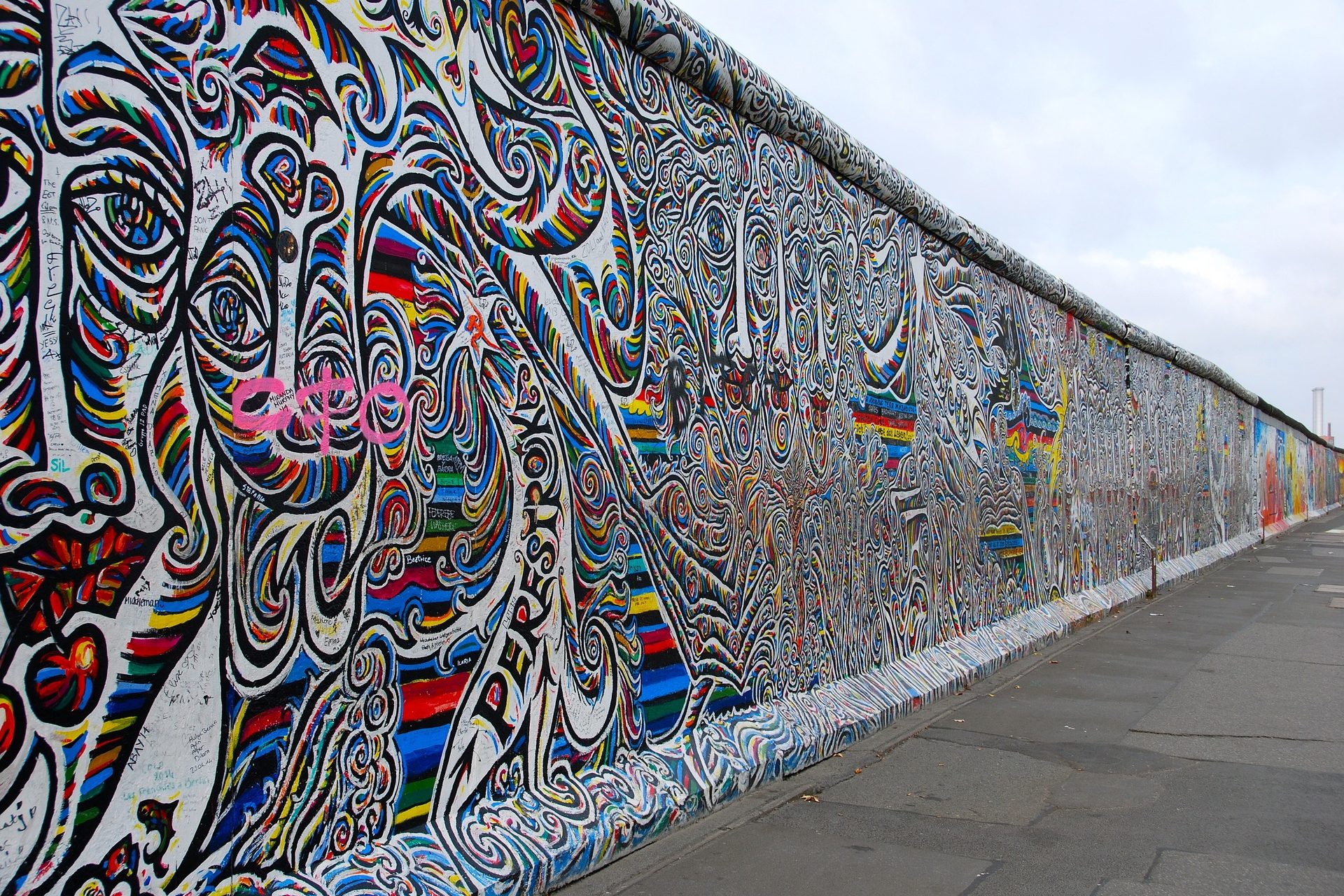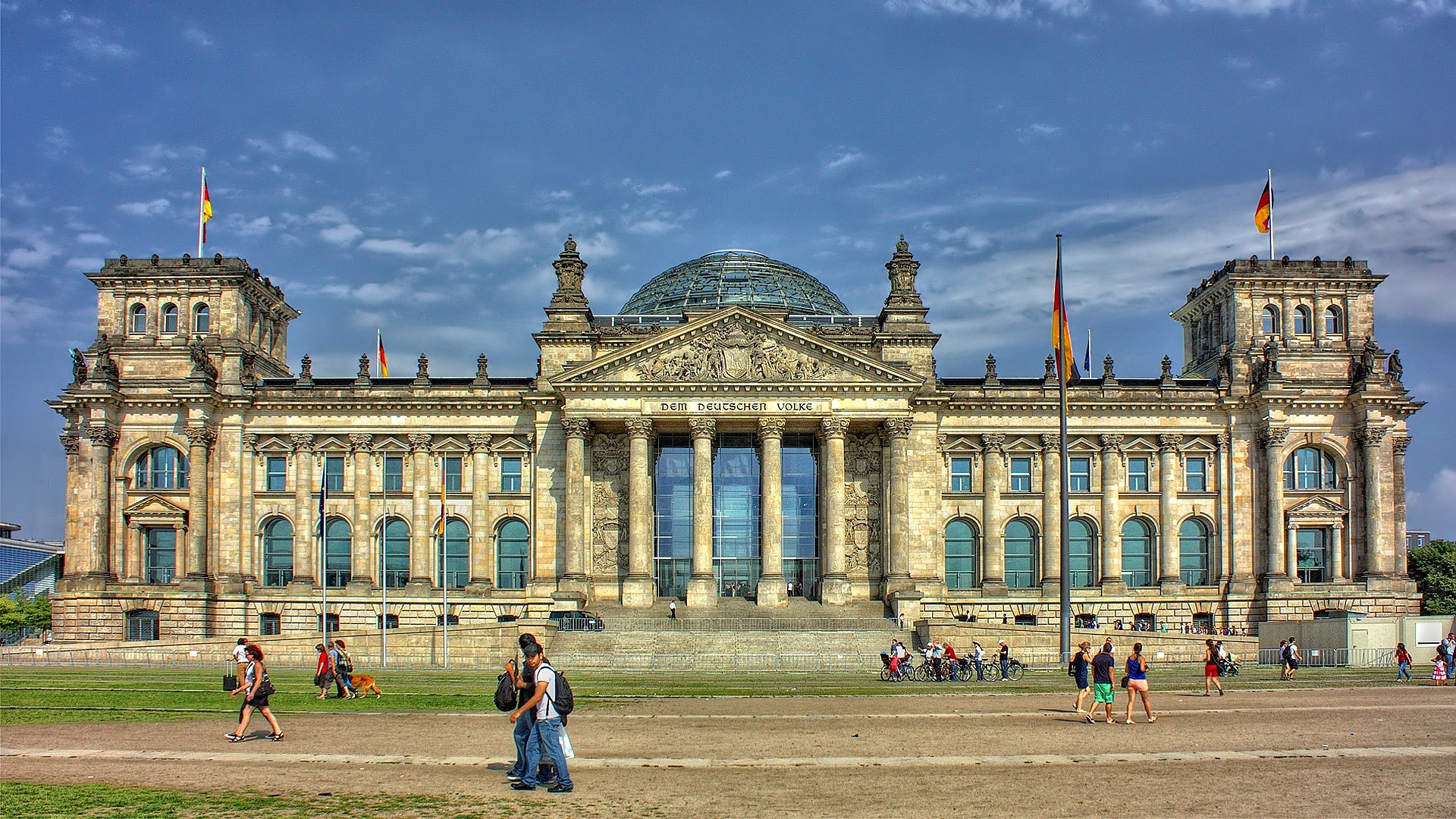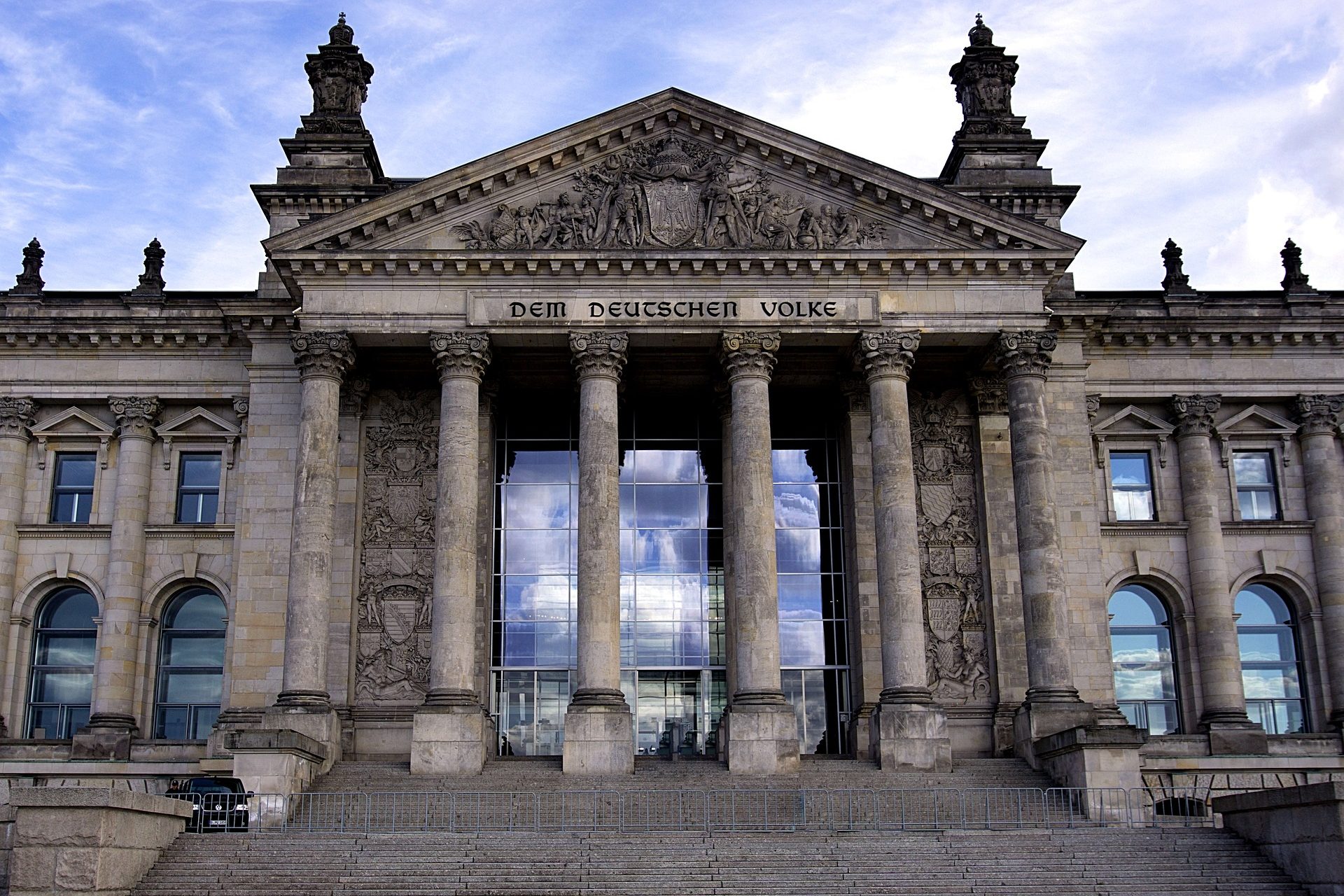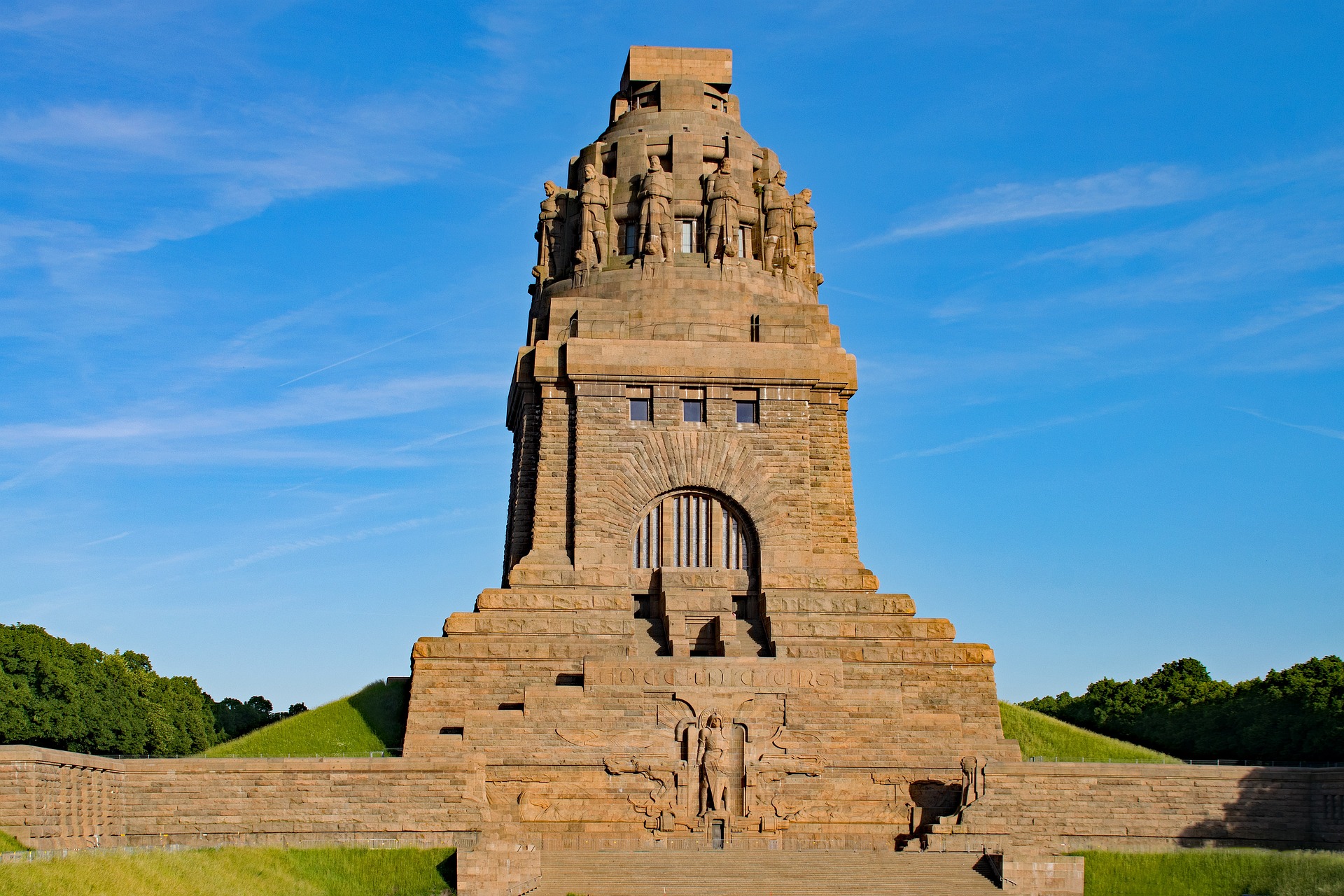Discover Germany: here's the history behind some of its most iconic landmarks
Germany is brimming with things to discover, from natural sites to landmarks. Everyone knows the Berlin Wall, but are you familiar with these symbolic places that speak a lot to both German and European history?
Photo: Pixabay / Chorengel
The Aachen Cathedral houses the mortal remains of an important German ruler: Emperor Charlemagne. Many consider him to be the "Father of Europe."
Photo: Pixabay / SLPix
Charlemagne might not have been beloved by all his contemporaries since he subjugated the Bavarians and the Germanic Lombards to his rule. However, by doing so, he also established the Frankish Empire, which spanned central and western Europe.
Beyond his conquests, he was a proponent of education, as well as the establishment of a functioning administration and the spread of Christianity. The story of the "Father of Europe" is closely encountered in Aachen, where he spent many of his later years.
Photo: Pixabay / SLPix
The Teutoburg Forest: Here, shortly after the birth of Christ, a significant battle occurred – one that, hundreds of years later, would yield a national symbol...
Photo: Pixabay / A_Different_Perspective
In 9 AD, the Teutoburg Forest in Lower Saxony was the site of the Varus Battle: the Romans sought to conquer Germania, but under the Cherusci chief Arminius, several Germanic tribes united and managed to ambush the Roman legions. This cost the Romans one-eighth of their entire army, and from that point on, the Germanic territory east of the Rhine was shielded from Roman conquests, according to Lonely Planet.
With the founding of the German Empire in the 19th century, the Battle of the Teutoburg Forest gained renewed popularity as a national symbol was sought. This was found in Arminius, now named Hermann and heralded as the primeval German. In his honor, a monument was erected in the Teutoburg Forest near Detmold. The Kalkriese Museum offers more insights into the legendary battle.
The Monument to the Battle of the Nations in Leipzig commemorates "the greatest battle of the 19th century and also the most important political decision in Europe," according to Lonely Planet.
The coalition of Prussia, Austria, Russia, and Sweden was able to defeat Napoleon in October 1813 during a three-day battle involving a staggering 600,000 soldiers. This battle marked the beginning of the downfall of the French emperor.
Construction began in 1869: this castle, envisioned by Bavarian King Ludwig II, was meant to embody his idealized version of a medieval knight's castle. Ludwig II lived in the castle for only a short period, as its construction lasted 17 years and it still wasn't totally finished by the time the king died.
Photo: Pixabay / jplenio
Today, the "fairy-tale castle" is famous worldwide and even served as the inspiration for the iconic Disney castle. Oh, and fun(ish) fact: Ludwig II drowned in Lake Starnberg along with his psychiatrist. The circumstances have never been clarified.
Photo: Pixabay / muenzi1958
A UNESCO World Heritage Site and a significant place in German history: Here, Martin Luther translated the Bible from Latin into German, making it accessible to the public and, in doing so, laid the groundwork for German Protestantism.
Photo: Pixabay / klausdie
The resulting split of the church into Catholicism and Lutheranism led to the Thirty Years' War, which would significantly shape German history.
Photo: Pixabay / lapping
Also, in 1817, the so-called Wartburg Festival took place here, where German student fraternities protested against the patchwork of small states in Germany and demanded a unified nation-state - showcasing the first idea of a united Germany, which would only become a reality much later.
Photo: Pixabay / jggrz
On May 18, 1848, the first German National Assembly gathered in St. Paul's Church in Frankfurt, drafting a constitution for a German nation-state. However, the Prussian King declined the imperial crown and the position of head of state, subsequently quashing the German Revolution.
Photo: Pixabay / Leonhard_Niederwimmer
The revolution arose from the citizenry's demand for a nation-state: moving away from the assembly of small German states along with Prussia and Austria in the German Confederation, towards a nation characterized by democracy and liberalism. Yes, the citizens also demanded a say in governance. Of course, this was unfavorably received by the monarchy. The conflict lead to the German Revolution, coinciding with revolutions across almost all of Europe.
Foto: Pixabay / moritz320
German unification has been a recurring theme in German history, most notably after World War II. Checkpoint Charlie, the border crossing between the West and East sectors, which divided the capital during the Cold War, remains a reminder of Germany's division.
Photo: Pixabay / foursummers
Today, Checkpoint Charlie is a tourist hotspot. Nearby is the privately opened "Wall Museum" in 1962, where visitors can learn more about the Berlin Wall.
Photo: Pixabay / MariaTortajada
In 1871, what many citizens had long wished for came to fruition: the German nation was born. The Reichstag Building in Berlin was constructed for parliamentary sessions and inaugurated in 1894. According to Lonely Planet, it was to be "a symbol of German fate from then on."
Photo: Pixabay / PeterDargatz
In 1918, the Reichstag proclaimed the first democratic republic from there. The German government still convenes in the Reichstag Building today. Visitors can visit its glass dome.
Photo: Pixabay / Pexels
Germany offers several exciting and symbolic sites of great significance to German and European history, whether they are well-known or not. Which places do you think are missing from this list? Feel free to mention them in the comments!
Photo: Pixabay / lapping

